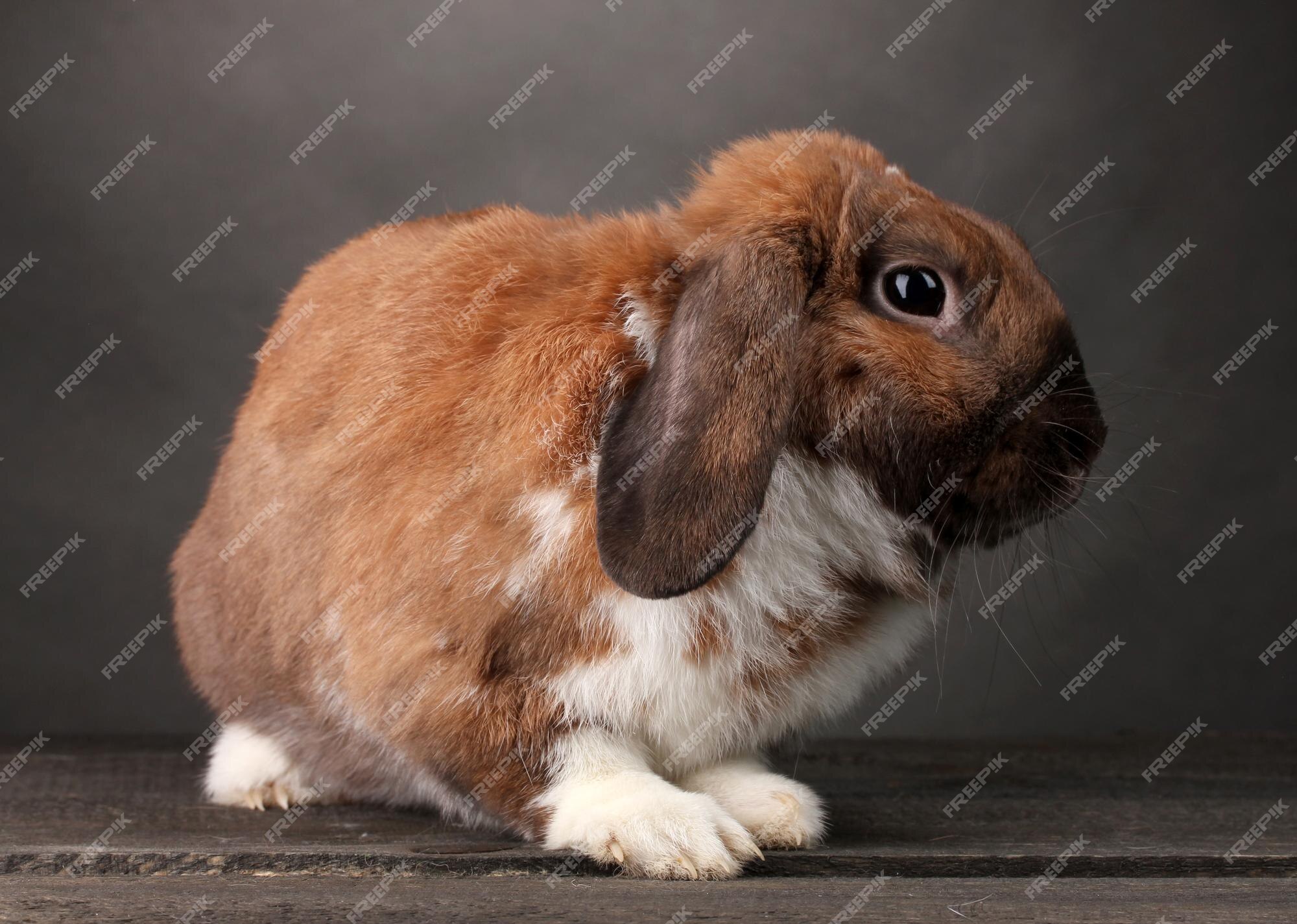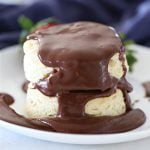
Introduction
When it comes to adorable and affectionate pets, few can rival the charm of the Chocolate Holland Lop. This endearing rabbit breed has captured the hearts of animal lovers worldwide with its small size, lop ears, and delightful chocolate-colored fur. In this article, we will explore the fascinating world of Chocolate Holland Lops, from their origin and characteristics to their care and temperament. So, if you’re looking for a furry companion that brings joy and sweetness to your life, the Chocolate Holland Lop might be the perfect choice.
The Origins of Chocolate Holland Lops
The Chocolate Holland Lop, also known as the “Hollander,” traces its roots back to the Netherlands. The breed’s development began in the 1950s when Dutch rabbit breeders aimed to create a smaller version of the French Lop with distinctive coloration. By selectively breeding rabbits with the desired characteristics, including the charming chocolate color, the Holland Lop was born.
Distinctive Characteristics
2.1. Size and Appearance
Chocolate Holland Lops are small-sized rabbits, weighing between 2 to 4 pounds when fully matured. Their compact, rounded bodies and short legs make them incredibly endearing and easy to handle, making them popular among children and adults alike.
2.2. Lop Ears: The Endearing Trait
One of the most captivating features of the Chocolate Holland Lop is its lop ears. Unlike rabbits with upright ears, lop-eared rabbits have ears that hang down on the sides of their heads. This endearing trait gives them an adorable, floppy look that adds to their charm.
2.3. The Chocolate Coloration
As the name suggests, Chocolate Holland Lops are renowned for their rich, chocolate-colored fur. This velvety, brown hue is captivating and sets them apart from other rabbit breeds. The deep chocolate color is consistent throughout their bodies, with some individuals having lighter or darker shades.
Temperament and Personality
3.1. Social and Affectionate Nature
Chocolate Holland Lops are known for their friendly and sociable personalities. They thrive on companionship and love being around people. These affectionate bunnies enjoy cuddling and will often seek attention from their human family members.
3.2. Intelligence and Trainability
Don’t let their small size fool you; Chocolate Holland Lops are intelligent creatures. With patience and positive reinforcement, they can be trained to learn various tricks and commands. Their curious nature makes training sessions enjoyable and rewarding.
3.3. Ideal Family Pet
Thanks to their gentle temperament and playful demeanor, Chocolate Holland Lops make excellent family pets. They are well-suited for households with children, as they can form strong bonds with younger family members.
Housing and Habitat Requirements
4.1. Indoor or Outdoor Living?
When it comes to housing your Chocolate Holland Lop, you have two options: indoor or outdoor living. Indoor living provides better protection from predators and extreme weather conditions, while outdoor living allows rabbits to experience natural sunlight and fresh air.
4.2. Enclosure Size and Design
Whether indoors or outdoors, a spacious and secure enclosure is essential for the well-being of your pet rabbit. The enclosure should allow enough space for your bunny to hop, run, and play freely. Provide hiding spots and toys to keep them mentally stimulated.
4.3. Toys and Enrichment
Rabbits are naturally curious animals, so it’s essential to provide them with toys and enrichment to prevent boredom. Chew toys, tunnels, and puzzle feeders are great options to keep your Chocolate Holland Lop entertained.
Feeding the Chocolate Holland Lop
5.1. A Balanced Diet
To ensure the health and longevity of your pet, provide a balanced diet rich in essential nutrients. The primary diet should consist of high-quality rabbit pellets that offer the necessary vitamins and minerals.
5.2. Fresh Hay: A Staple Food
Hay is a crucial part of a rabbit’s diet. It aids in digestion, keeps their teeth healthy, and prevents obesity. Offer fresh hay, such as timothy hay, at all times for your Chocolate Holland Lop to munch on.
5.3. Vegetables and Treats
In addition to pellets and hay, introduce fresh vegetables and occasional treats to your rabbit’s diet. Leafy greens like kale, romaine lettuce, and cilantro are excellent choices. However, avoid giving them foods that are harmful, such as chocolate or foods high in sugar.
Grooming and Health Care
6.1. Coat Care and Brushing
The Chocolate Holland Lop’s velvety fur requires regular grooming to prevent matting and tangling. Brush your bunny’s coat gently using a soft brush to keep it clean and healthy.
6.2. Regular Health Checks
Like all pets, regular health checks by a veterinarian are vital for the well-being of your Chocolate Holland Lop. These check-ups help detect any health issues early and ensure your rabbit stays.










